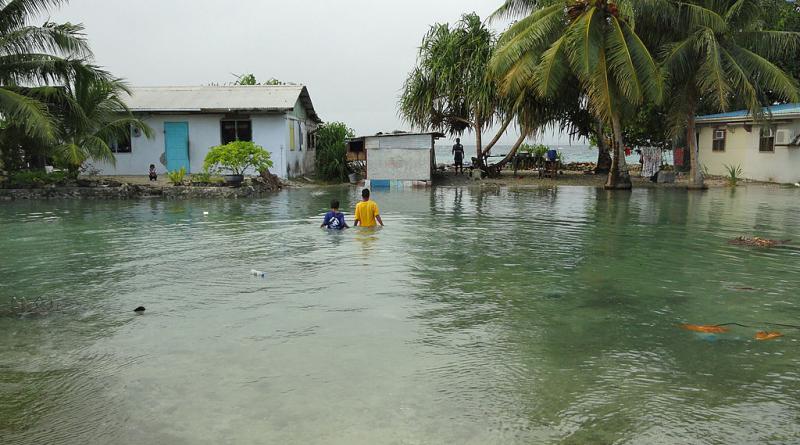After a Last-Minute Challenge to New Loss and Damage Deal, U.S. Joins Global Consensus Ahead of COP28

Latest U.S. actions fit a long pattern of ambivalence, and even disruption, at key moments during 30 years of climate talks.
Despite some last-minute wavering over specific words and the placement of commas in a key document, a State Department official said on Wednesday that the U.S. now welcomes new United Nations guidelines to set up a loss and damage fund, a key issue going into the global COP28 climate talks in Dubai.
“With clarity now concerning the final text, we are in a position to welcome the recommendations,” the official said, four days after formal U.N. committee negotiations on the loss and damage fund in Abu Dhabi ended without formal U.S. acceptance of the terms. The consensus agreement will be up for approval at COP28, which begins Nov. 30 and runs through Dec. 12.
At issue until the end was language about who will pay into the fund, the State Department official said, confirming that the U.S. did not join the consensus at the end of the meeting because it was not “sufficiently clear what the members were being asked to agree to.”
Throughout the course of the committee negotiations, the U.S. led developed countries in resisting language that would identify richer countries as the main source of funding, even though that principle is deeply embedded in the U.N. climate convention and in the Paris Agreement.
As described in the new guidelines now finally accepted by the U.S., the fund would be financed with voluntary contributions from developed countries and other sources that are mostly responsible for the climate crisis to help developing countries survive increasingly severe and irreversible climate impacts, like the loss of land to sea level rise. It also encompasses the idea of addressing losses like the destruction of important cultural sites and life-sustaining natural resources like coral reefs or forests.
Photo: GIFF JOHNSON/AFP via Getty Images - Local residents wade through flooding caused by high ocean tides in Majuro Atoll, the capital of the Marshall Islands, on February 20, 2011, with a warning of worse to come because of rising sea levels





